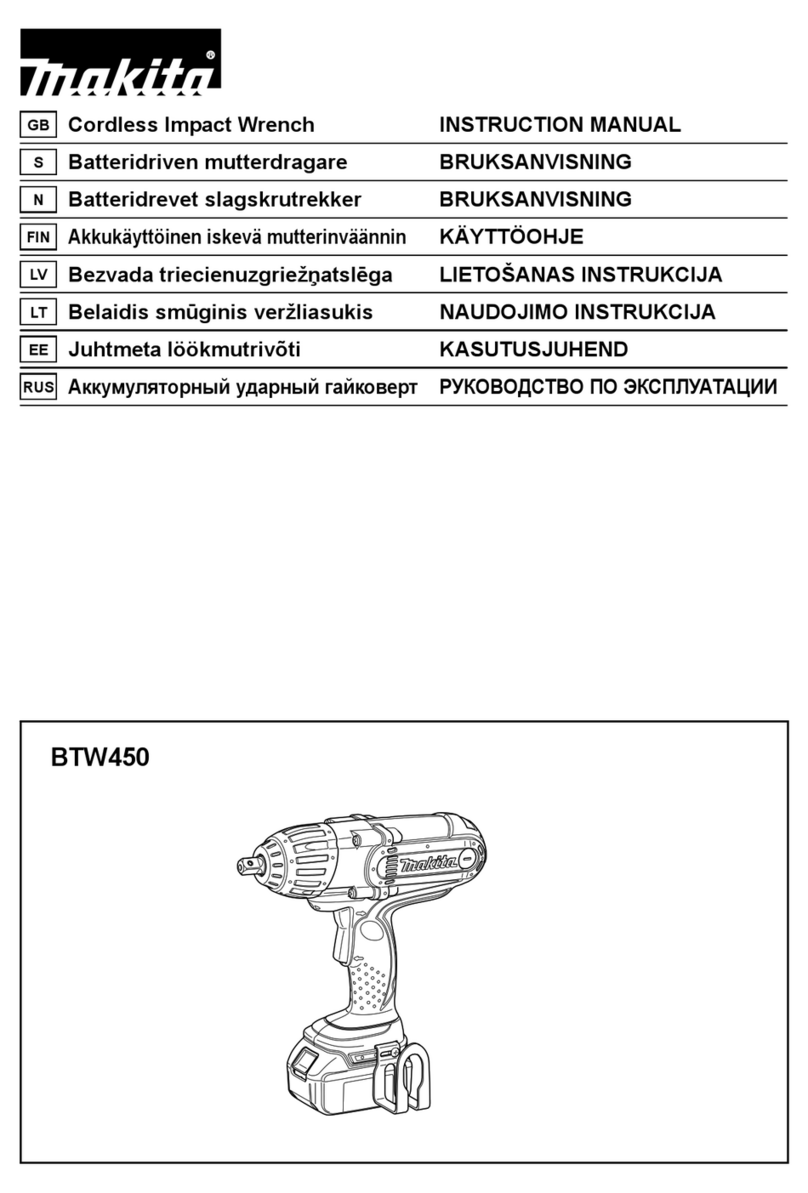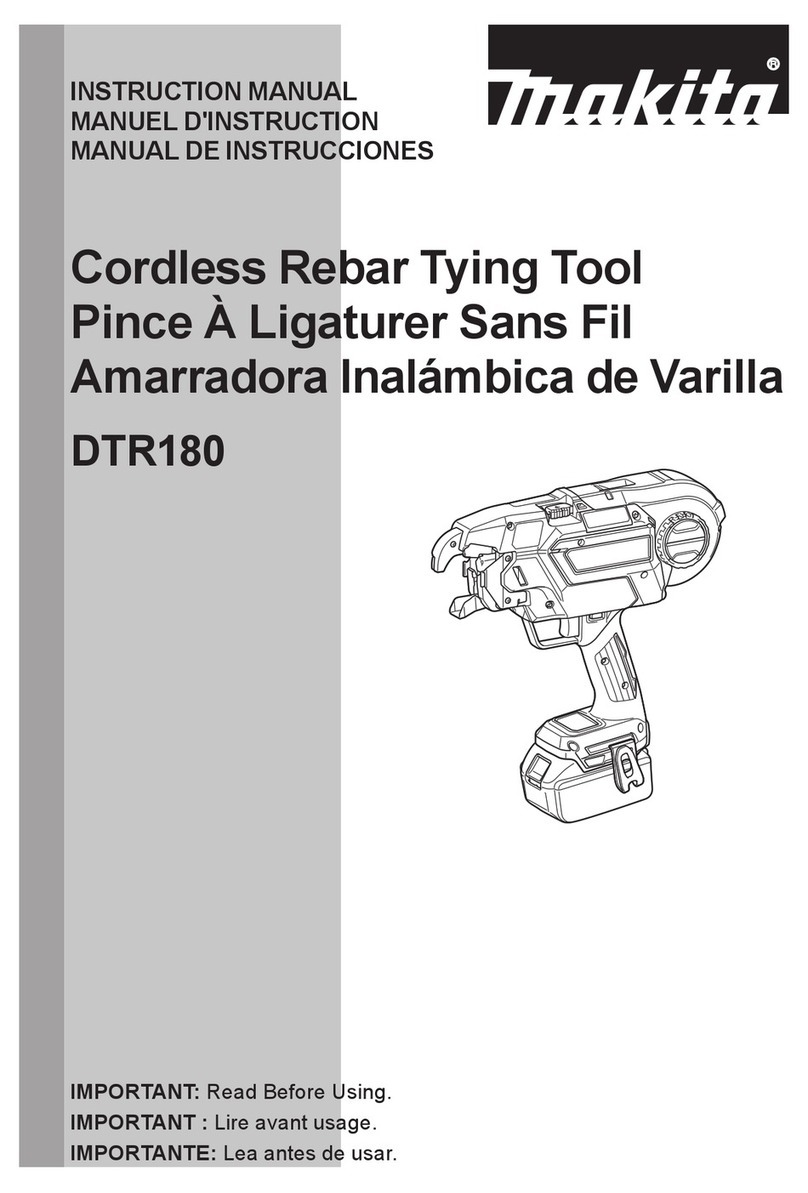Makita DTR180 User manual
Other Makita Power Tools manuals
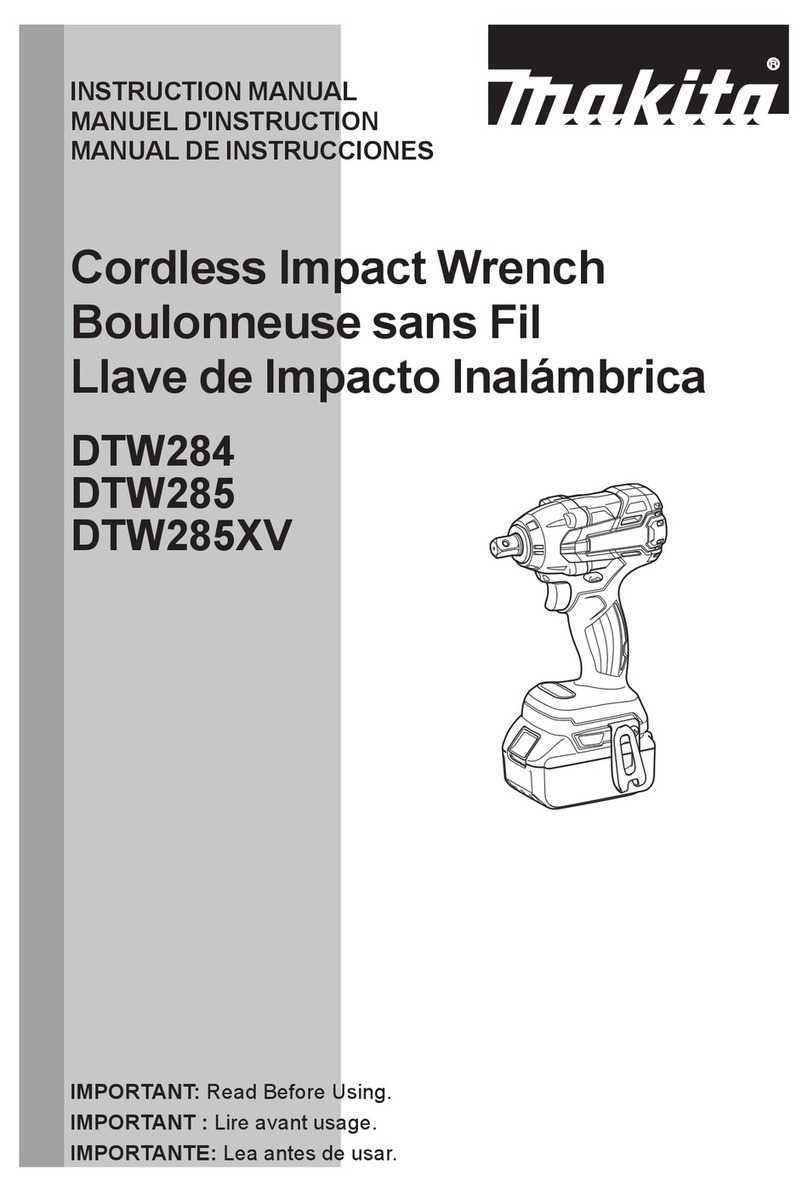
Makita
Makita DTW284 User manual
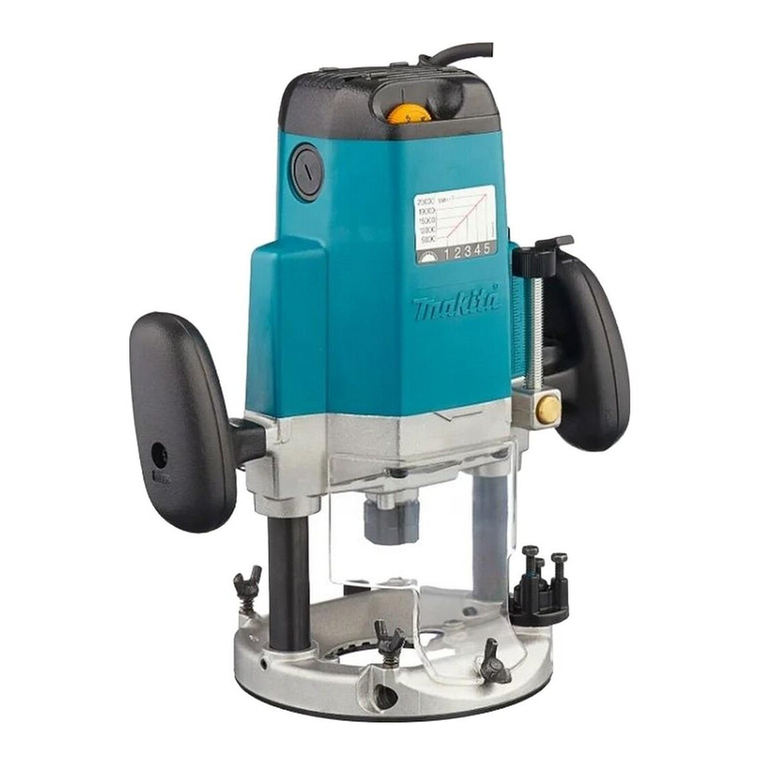
Makita
Makita 3612C Quick start guide
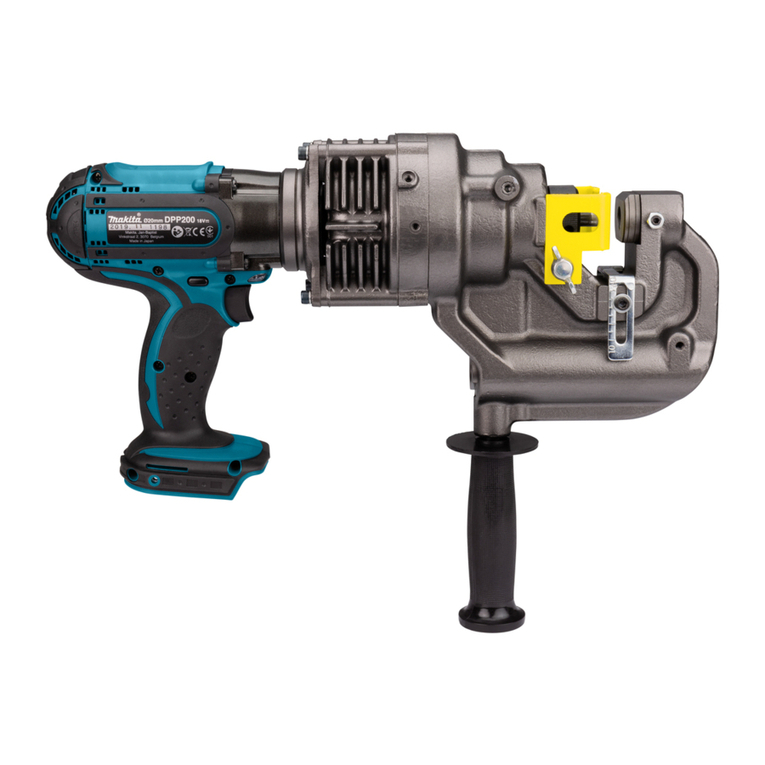
Makita
Makita DPP200 User manual
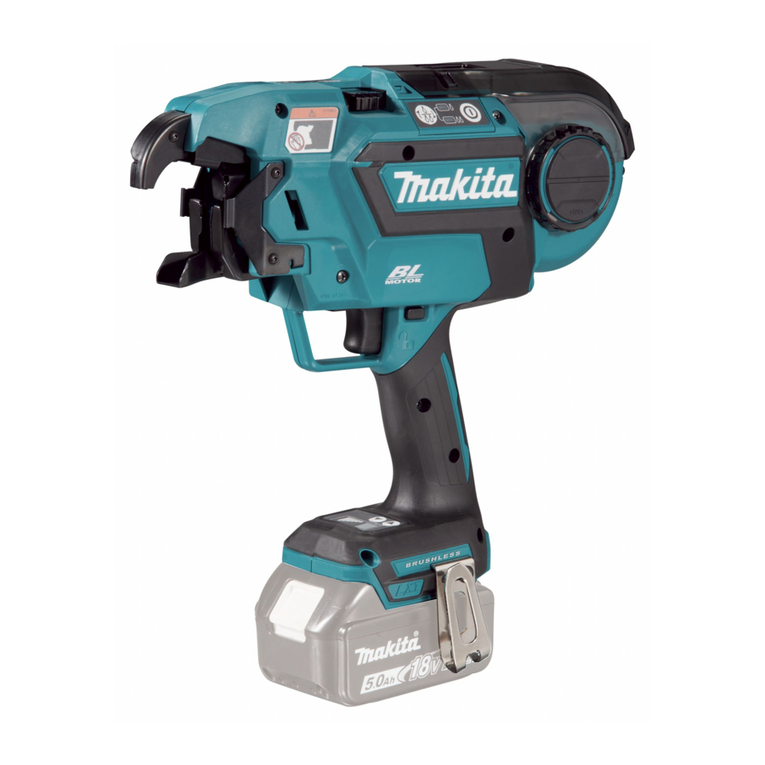
Makita
Makita DTR180 User manual
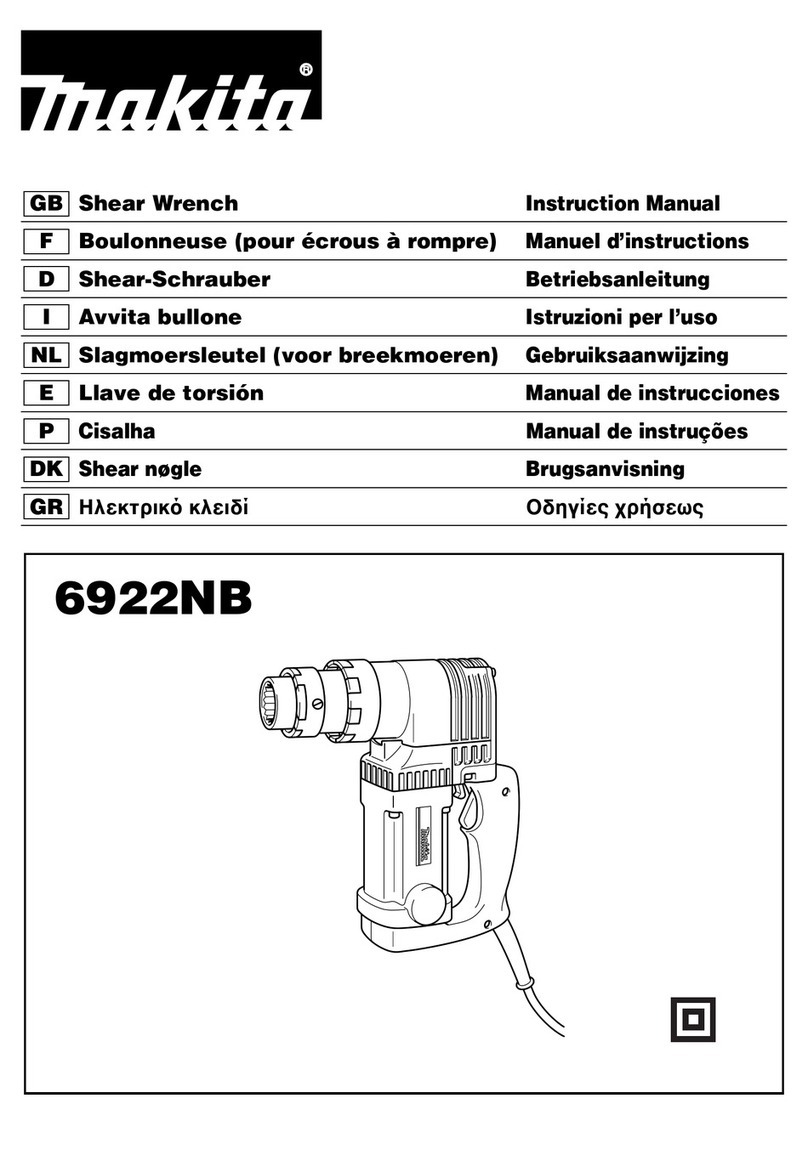
Makita
Makita 6922NB User manual
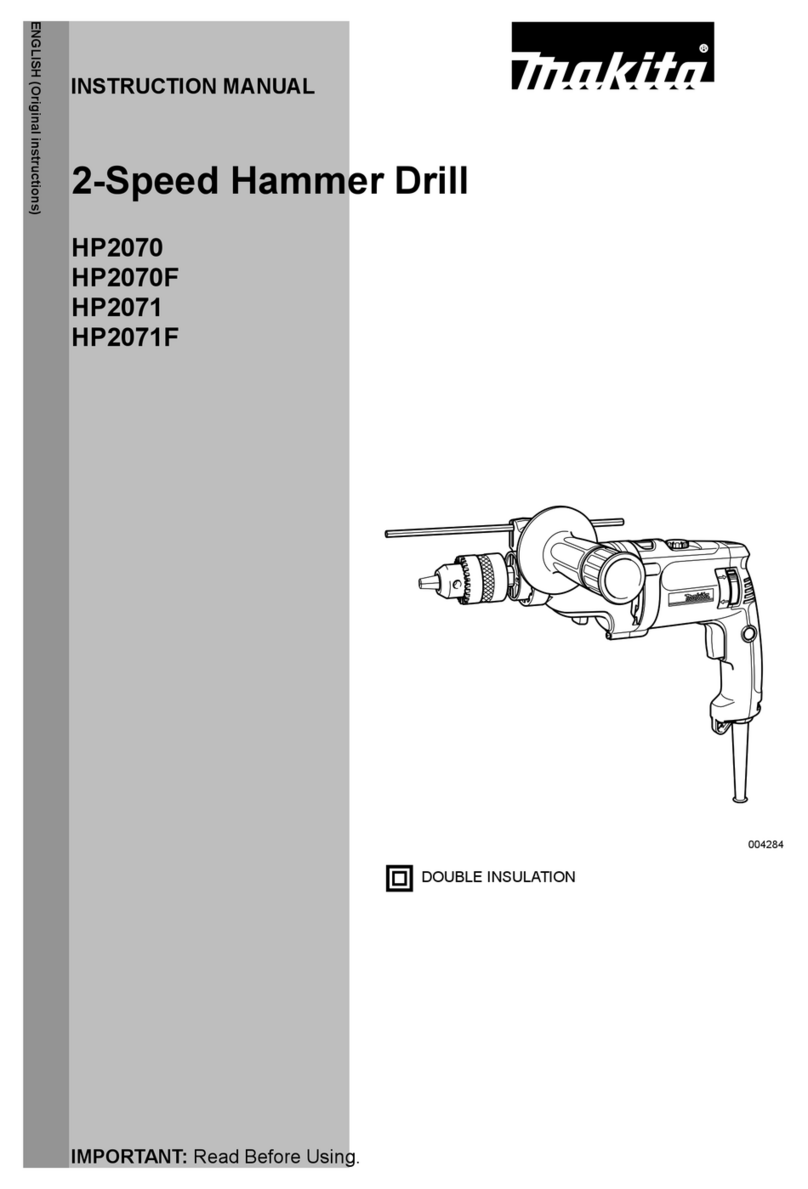
Makita
Makita HP2070 User manual
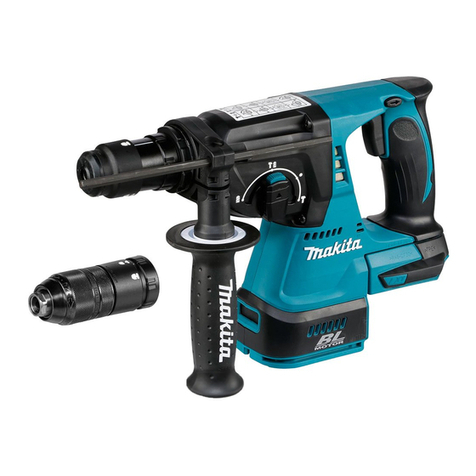
Makita
Makita DHR243RTJW User manual

Makita
Makita JS3201 User manual
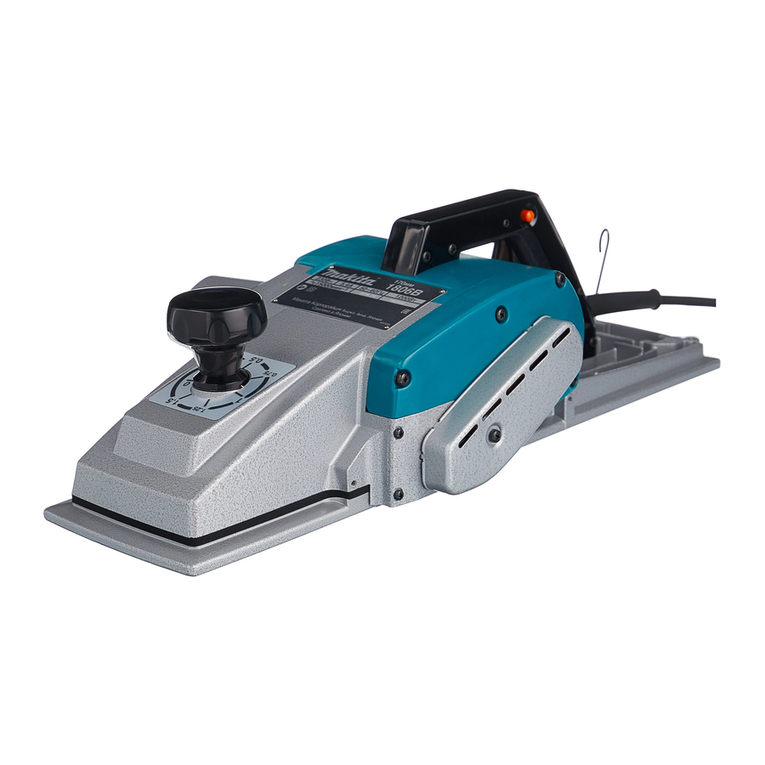
Makita
Makita 1806B User manual

Makita
Makita M4301 User manual
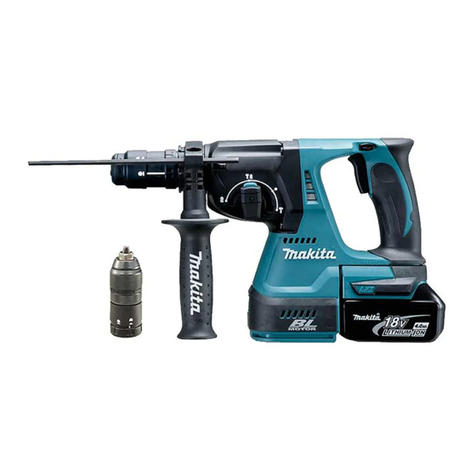
Makita
Makita DHR242 User manual

Makita
Makita DCG180ZX User manual

Makita
Makita HM1802 User manual

Makita
Makita LXMT01 User manual
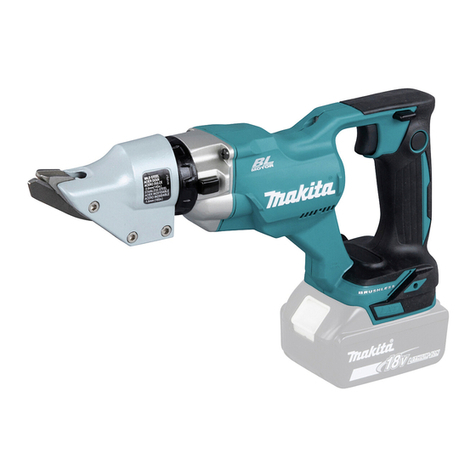
Makita
Makita DJS200 User manual
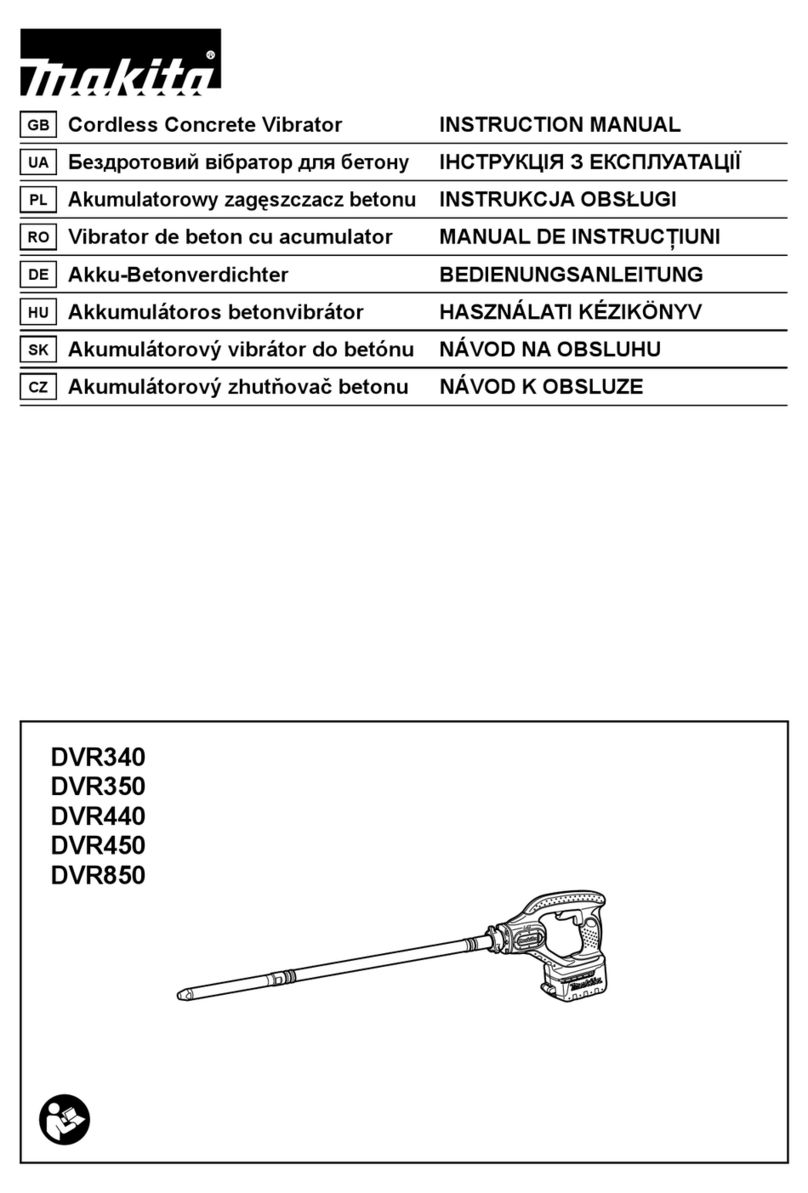
Makita
Makita DVR450 User manual

Makita
Makita Makstar BVR340 User manual
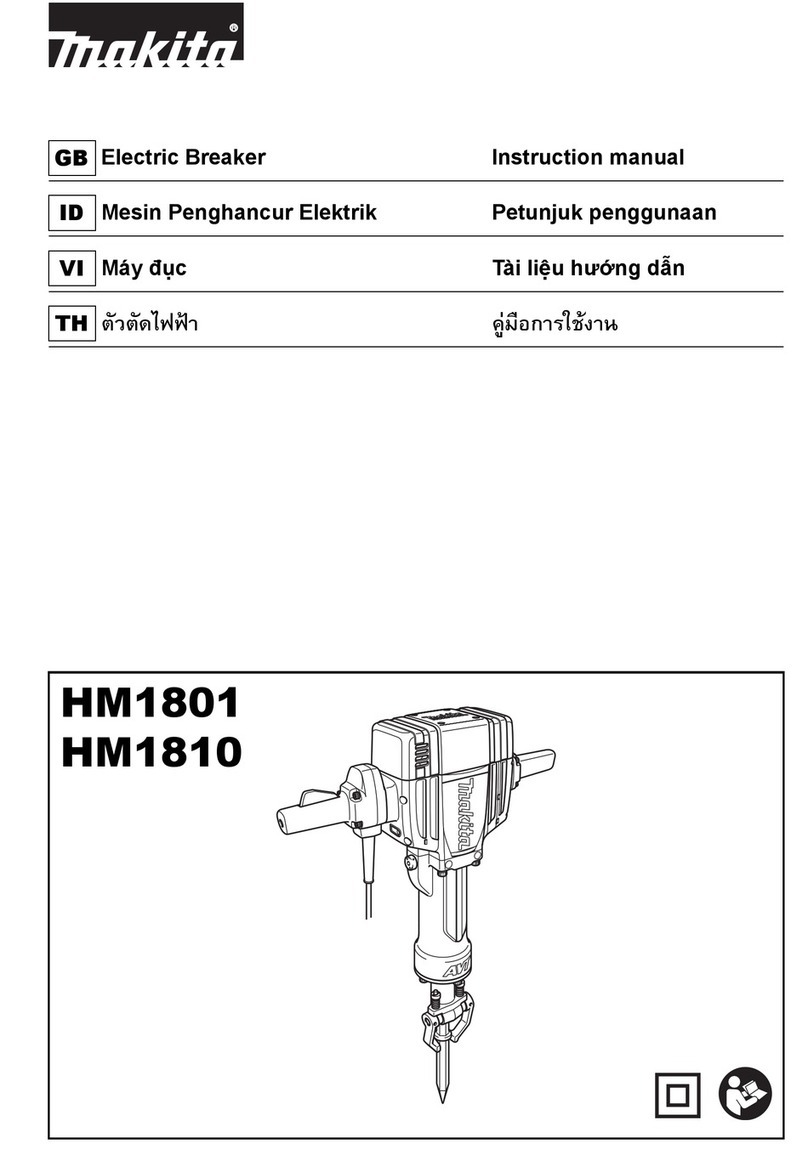
Makita
Makita HM1801 User manual
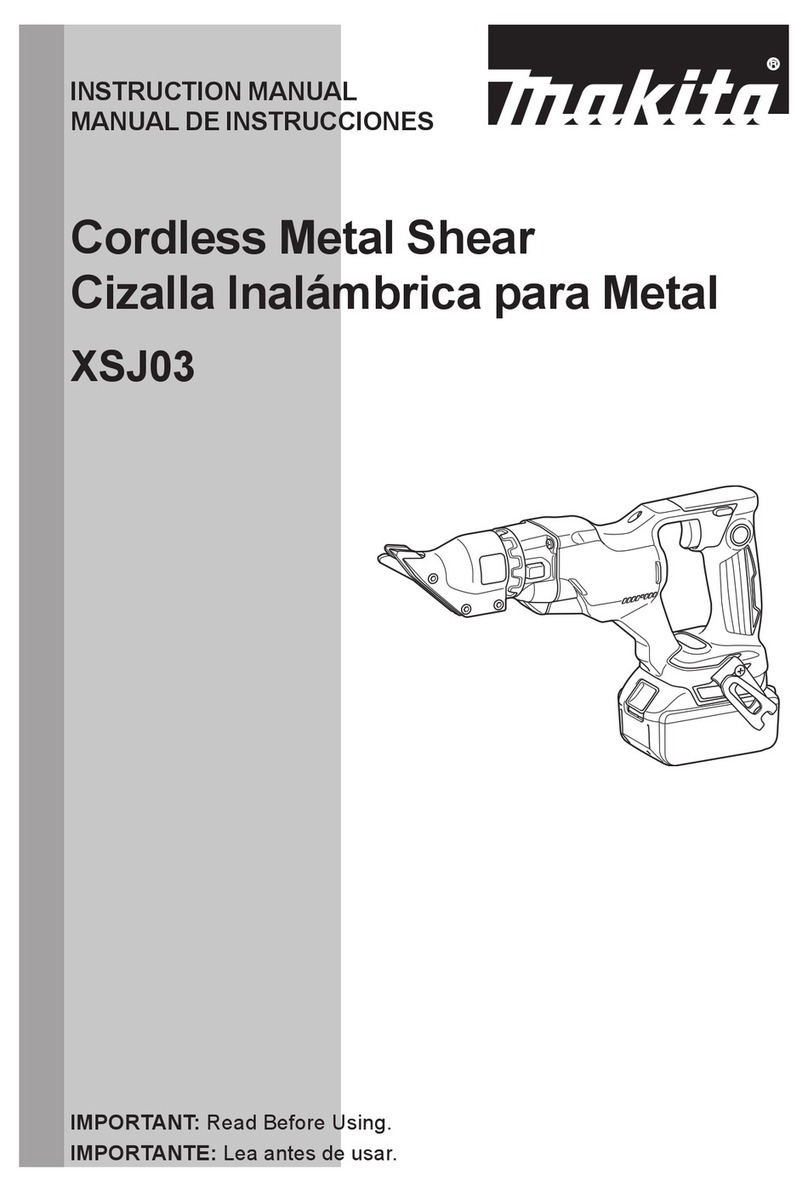
Makita
Makita XSJ03Z User manual

Makita
Makita 3620 User manual
